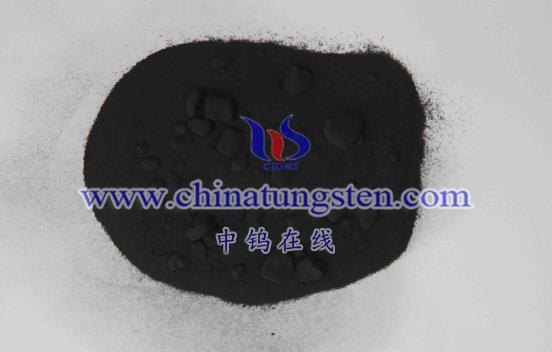Tungsten tetrabromide (WBr4) and tungsten tetrachloride (WCl4) have significant differences in optical properties.
The tungsten atom in the tungsten tetrabromide molecule is covalently bonded to four bromine atoms, and each bromine atom provides an electron to participate in the bonding, so that the valence state of the tungsten atom is +4. The optical properties of this compound mainly depend on its electron cloud distribution and molecular structure. Due to the large atomic radius and high electronegativity of bromine atoms, the electron cloud density of tungsten tetrabromide is relatively high, which makes it have a relatively wide absorption band in the visible light region and has certain optical absorption properties. In addition, due to the symmetry of its molecular structure, tungsten tetrabromide may exhibit optical anisotropy in the crystalline state, possessing nonlinear optical properties.
In contrast, the molecular structure of tungsten tetrachloride (WCl4) is also covalently bonded by tungsten atoms and four chlorine atoms, and each chlorine atom provides an electron to participate in the bonding, so that the valence state of the tungsten atom is the same for +4. However, unlike tungsten tetrabromide, tungsten tetrachloride has a small atomic radius, which makes its electron cloud density relatively low and its optical absorption property weak. In addition, due to the small atomic radius and low electronegativity of chlorine atoms, the molecular structure of tungsten tetrachloride is relatively symmetrical, which may be isotropic in the crystal state and does not have nonlinear optical properties.
In practice, differences in the optical properties of tungsten tetrabromide and tungsten tetrachloride may affect their performance in certain optical applications. For example, in the design and manufacture of optical devices, we may use the nonlinear optical properties of tungsten tetrabromide to realize optical conversion and signal processing of specific wavelengths. Tungsten tetrachloride may be used as a dielectric material in some optical devices due to its low optical absorption properties and isotropic properties.

More details of tungsten, molybdenum and rare earth news, please visit website: https://www.ctia.com.cn/en/
Please contact CHINATUNGSTEN for inquiry and order of tungsten and molybdenum product:
Email: sales@chinatungsten.com
Tel.: 86 592 5129595






